
Precipitation: Types of Precipitation | Types of Rainfall
Subscribe to Never Miss an Important Update! Assured Discounts on New Products!
Must Join PMF IAS Telegram Channel & PMF IAS History Telegram Channel
Last updated on April 15, 2024 8:20 PM
Precipitation
- The process of continuous condensation in free air helps the condensed particles to grow in size. When the resistance of the air fails to hold them against the force of gravity, they fall on to the earth’s surface. So after the condensation of water vapour, the release of moisture is known as precipitation. This may take place in liquid or solid form.
- Precipitation in the form of drops of water is called rainfall, when the drop size is more than 5 mm.
- It is called virage when raindrops evaporate before reaching the earth while passing through dry air.
- Drizzle is light rainfall with drop size being less than 0.5 mm, and when evaporation occurs before reaching the ground, it is referred to as
- When the temperature is lower than the 0° C, precipitation takes place in the form of fine flakes of snow and is called snowfall. Moisture is released in the form of hexagonal crystals. These crystals form flakes of snow. Besides rain and snow, other forms of precipitation are sleet and hail (more about hail while studying thunderstorms), though the latter are limited in occurrence and are sporadic in both time and space.
- Sleet is frozen raindrops and refrozen melted snow-water. When a layer of air with the temperature above freezing point overlies a subfreezing layer near the ground, precipitation takes place in the form of sleet.
- Raindrops, which leave the warmer air, encounter the colder air below. As a result, they solidify and reach the ground as small pellets of ice not bigger than the raindrops from which they are formed. Sometimes, drops of rain after being released by the clouds become solidified into small rounded solid pieces of ice and which reach the surface of the earth are called hailstones. These are formed by the rainwater passing through the colder layers. Hailstones have several concentric layers of ice one over the other.
- Rainfall: drop size more than 0.5 mm.
- Virage: raindrops evaporate before reaching the earth.
- Drizzle: light rainfall; drop size less than 0.5 mm.
- Mist: evaporation occurs before reaching the ground leading to foggy weather.
- Snowfall: fine flakes of snow fall when the temperature is less than 0°C.
- Sleet: frozen raindrops and refrozen melted snow; mixture of snow and rain or merely partially melted snow.
- Hail: precipitation in the form of hard rounded pellets is known as hail; 5 mm and 50 mm.
Types of Rainfall
- On the basis of origin, rainfall may be classified into three main types – the convectional, orographic or relief and the cyclonic or frontal.
Conventional Rainfall
- The, air on being heated, becomes light and rises up in convection currents. As it rises, it expands and loses heat and consequently, condensation takes place and cumulous clouds are formed. This process releases latent heat of condensation which further heats the air and forces the air to go further up.
- Convectional precipitation is heavy but of short duration, highly localised and is associated with minimum amount of cloudiness. It occurs mainly during summer and is common over equatorial doldrums in the Congo basin, the Amazon basin and the islands of south-east Asia.
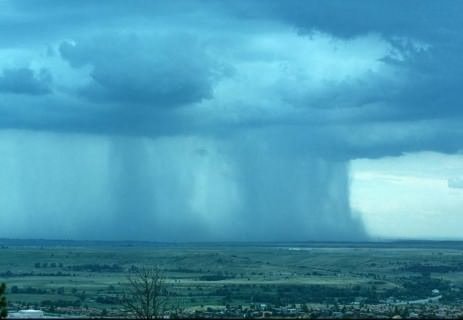
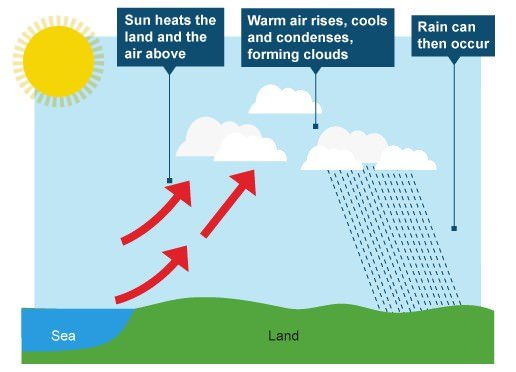
Orographic Rainfall
- When the saturated air mass comes across a mountain, it is forced to ascend and as it rises, it expands (because of fall in pressure); the temperature falls, and the moisture is condensed.
- This type of precipitation occurs when warm, humid air strikes an orographic barrier (a mountain range) head on. Because of the initial momentum, the air is forced to rise. As the moisture laden air gains height, condensation sets in, and soon saturation is reached. The surplus moisture falls down as orographic precipitation along the windward slopes.
- The chief characteristic of this sort of rain is that the windward slopes receive greater rainfall. After giving rain on the windward side, when these winds reach the other slope, they descend, and their temperature rises. Then their capacity to take in moisture increases and hence, these leeward slopes remain rainless and dry. The area situated on the leeward side, which gets less rainfall is known as the rain-shadow area (Some arid and semi-arid regions are a direct consequence of rain-shadow effect. Example: Patagonian desert in Argentina, Eastern slopes of Western Ghats). It is also known as the relief rain.
- Example: Mahabaleshwar, situated on the Western Ghats, receives more than 600 cm of rainfall, whereas Pune, lying in the rain shadow area, has only about 70 cm.
The Wind Descending on the Leeward Side is heated adiabatically and is called Katabatic Wind.
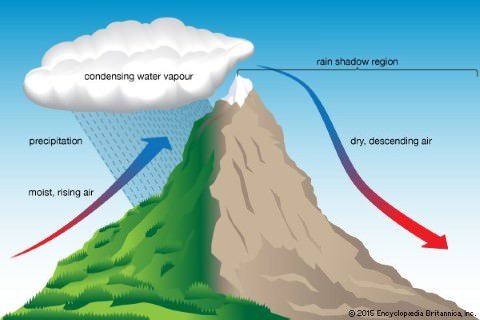
Frontal Precipitation
- When two air masses with different temperatures meet, turbulent conditions are produced. Along the front convection occurs and causes precipitation (we studied this in Fronts). For instance, in north-west Europe, cold continental air and warm oceanic air converge to produce heavy rainfall in adjacent areas.
Fronts – Frontogenesis – Stationary Front, Cold Front, Warm Front, Occluded Front
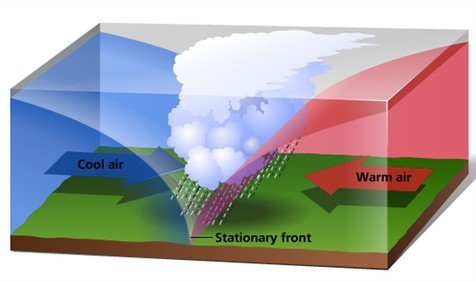
Cyclonic Rain
- Cyclonic Rainfall is convectional rainfall on a large scale. (we will see this in detail later)
- The precipitation in a tropical cyclone is of convectional type while that in a temperate cyclone is because of frontal activity.
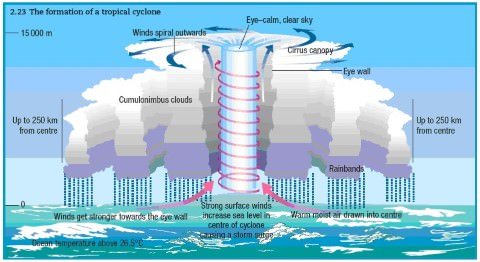
Monsoonal Rainfall
- This type of precipitation is characterized by seasonal reversal of winds which carry oceanic moisture (especially the south-west monsoon) with them and cause extensive rainfall in south and southeast Asia. (More while studying Indian Monsoons).
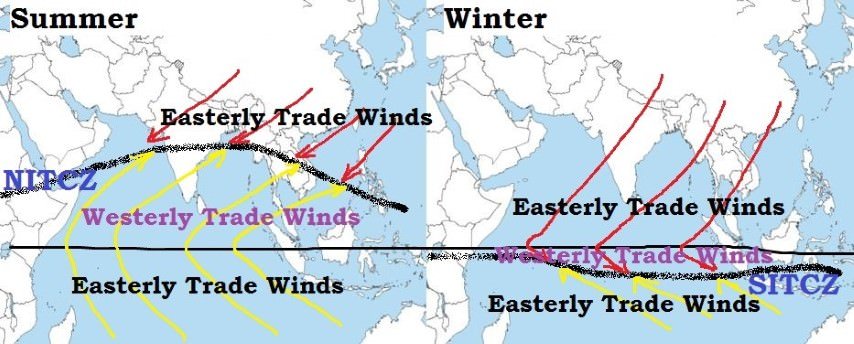
World Distribution of Rainfall
- Different places on the earth’s surface receive different amounts of rainfall in a year and that too in different seasons. In general, as we proceed from the equator towards the poles, rainfall goes on decreasing steadily.
- The coastal areas of the world receive greater amounts of rainfall than the interior of the continents. The rainfall is more over the oceans than on the landmasses of the world because of being great sources of water.
- Between the latitudes 35° and 40° N and S of the equator, the rain is heavier on the eastern coasts and goes on decreasing towards the west. But, between 45° and 65° N and S of equator, due to the westerlies, the rainfall is first received on the western margins of the continents and it goes on decreasing towards the east.
- Wherever mountains run parallel to the coast, the rain is greater on the coastal plain, on the windward side and it decreases towards the leeward side.
- On the basis of the total amount of annual precipitation, major precipitation regimes of the world are identified as follows.
- The equatorial belt, the windward slopes of the mountains along the western coasts in the cool temperate zone and the coastal areas of the monsoon land receive heavy rainfall of over 200 cm per annum.
- Interior continental areas receive moderate rainfall varying from 100 – 200 cm per annum. The coastal areas of the continents receive moderate amount of rainfall.
- The central parts of the tropical land and the eastern and interior parts of the temperate lands receive rainfall varying between 50 – 100 cm per annum.
- Areas lying in the rain shadow zone of the interior of the continents and high latitudes receive very low rainfall – less than 50 cm per annum.
- Seasonal distribution of rainfall provides an important aspect to judge its effectiveness. In some regions rainfall is distributed evenly throughout the year such as in the equatorial belt and in the western parts of cool temperate regions.
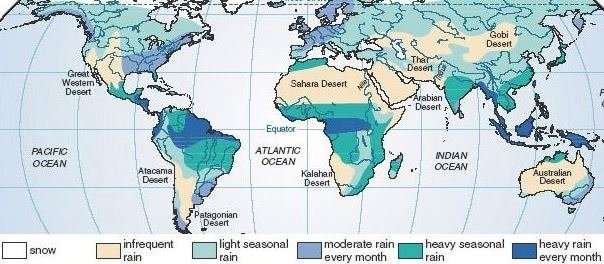
Questions
Multiple choice questions
- Which one of the following process is responsible for transforming liquid into vapour? (a) Condensation (c) Evaporation (b) Transpiration (d) Precipitation
- The air that contains moisture to its full capacity : (a) Relative humidity (c) Absolute humidity (b) Specific humidity (d) Saturated air
- Which one of the following is the highest cloud in the sky? (a) Cirrus (c) Nimbus (b) Stratus (d) Cumulus
30 words
- Name the three types of precipitation.
- Explain relative humidity.
- Why does the amount of water vapour decreases rapidly with altitude?
- How are clouds formed? Classify them
150 words
- Discuss the salient features of the world distribution of precipitation.
- What are forms of condensation? Describe the process of dew and frost formation.
Primary References: NCERT Geography, Certificate Physical and Human Geography [Amazon and Flipkart], Spectrum’s Geography [Amazon and Flipkart] and Savindra Singh [Amazon and Flipkart]
Last updated on April 15, 2024 8:20 PM





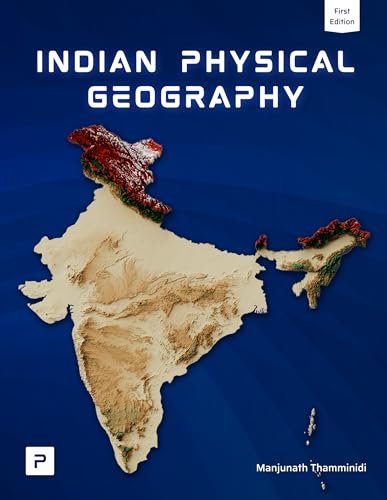

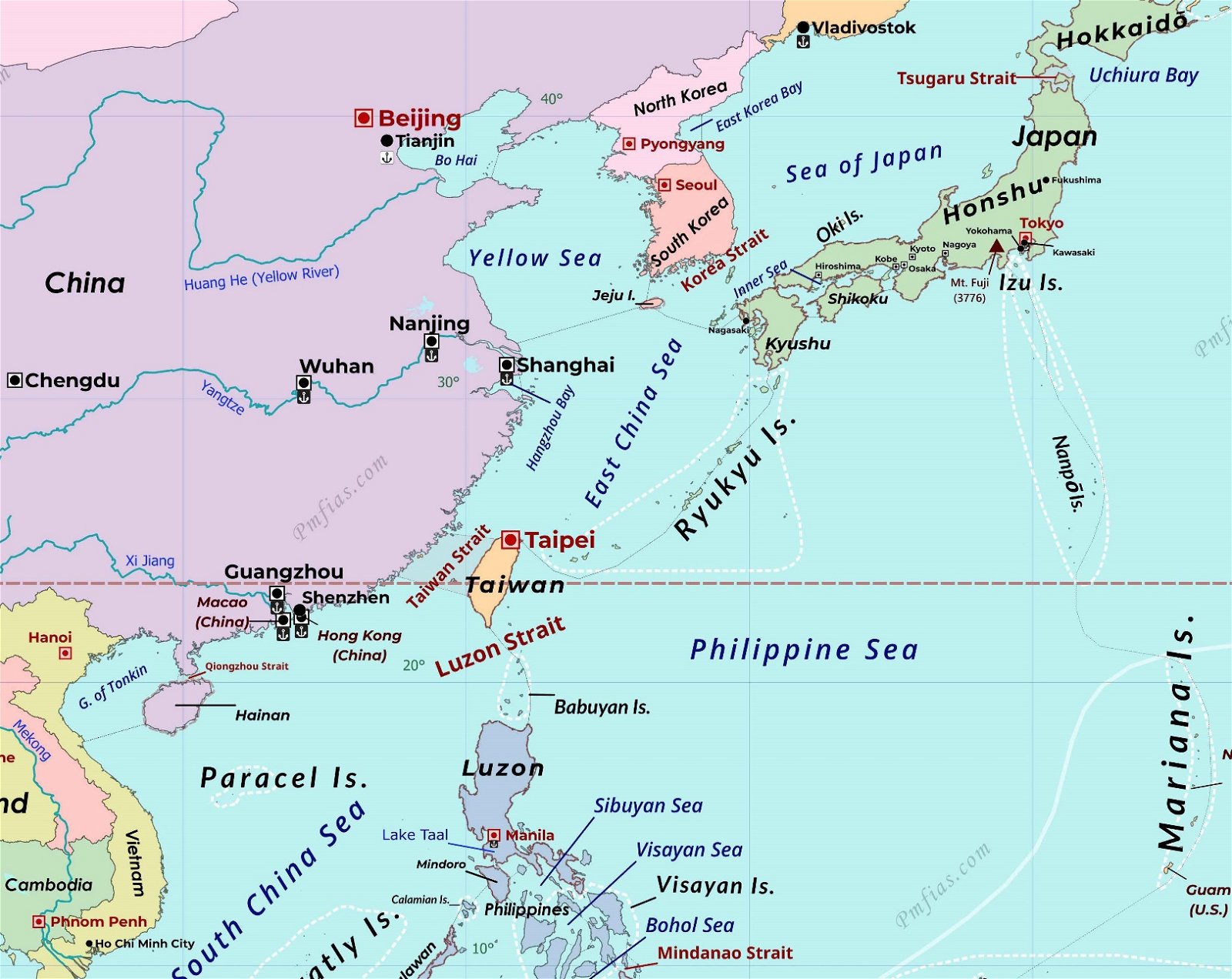
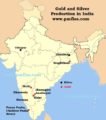
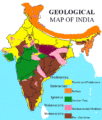


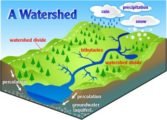

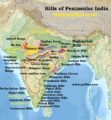
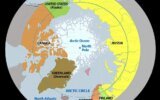



Precipitation in the form of drops of water is called rainfall, when the drop size is more than *****5 mm******. it ll be .5mm. i think.
Precipitation in the form of drops of water is called rainfall, when the drop size is more than *****5 mm******. it ll be .5mm. i think.
Fine& clear with afterglow language. Thank U
.